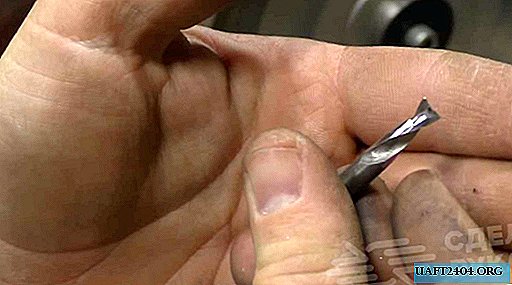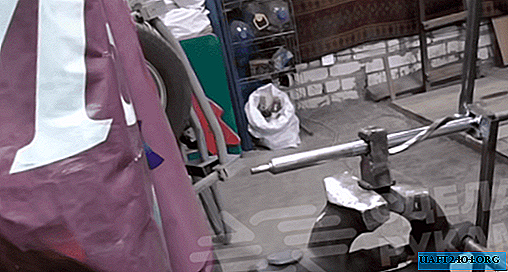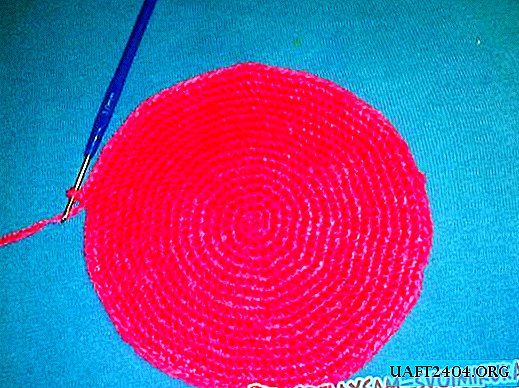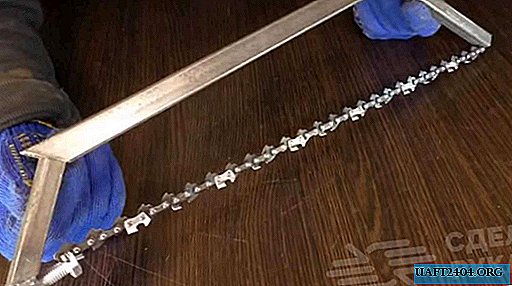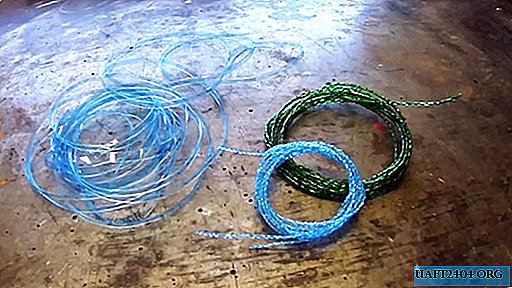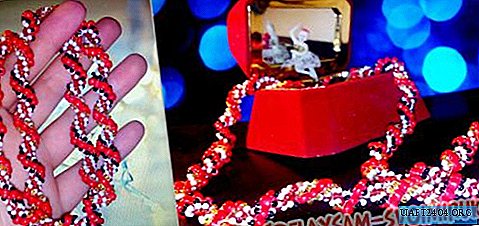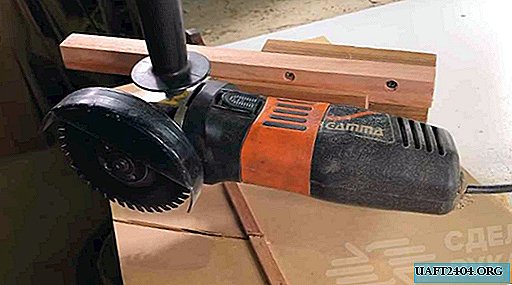Share
Pin
Tweet
Send
Share
Send
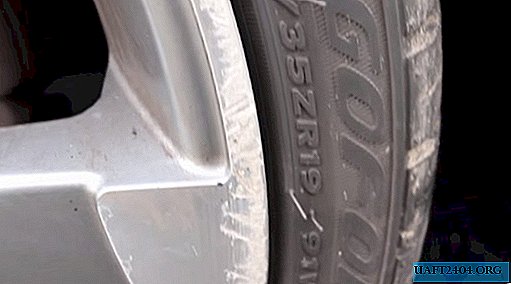
Restoring the appearance of such disks in auto repair shops is expensive, and these procedures can take a lot of time. In fact, you can bring the wheels to the proper, close to the factory form, and in garage conditions. Today we will consider one of the simple technologies of such "home" restorations.

Preparatory work
To begin with, we need to dismantle the wheel completely by lifting the machine onto the jack and unscrewing the fixing nuts. Disassembling the wheel is not necessary, unless there is no doubt that the tire tread will interfere with our work. In our case, the tire will remain in place throughout the entire restoration process.
Since we are talking about finishing with paints and varnishes, it is necessary to thoroughly clean the workshop or the area of these works from dust, which can spoil the whole result. Ventilation also matters, otherwise all chemistry indoors will settle in your lungs.

Technology and material base
The entire restoration procedure consists of several stages:
- Primary cleaning.
- Elimination of defects.
- Polishing with paste G3.
- Varnishing.
For these works we will need:
- Water-resistant automotive sandpaper of different grit with Velcro (180, 240, 400, 800, 2000).
- Nozzle for sandpaper on a drill with a flypaper.
- A two-component, water-based spray aerosol.
- Polishing paste G3.
- Round sponges under the nozzle with Velcro for polishing.
- Polymer masking tape.
Water, a detergent for cleaning metal from dirt and dust, rags for dry and wet cleaning will also be needed. It will not be superfluous to take care of protective equipment - glasses, gloves, a respirator. For grinding we use a screwdriver.



Alloy restoration process step by step
The damage zone of the rim is mainly external, and less affects the lateral parts of their slotted shape. After cleaning and washing the rim of the disk from dirt, we proceed to grinding the scratches. But before that, we glue with the masking tape the edge of the rubber tread of the tire adjacent to the metal so as not to rub it with an emery circle.

We start grinding with the coarsest abrasive disc, with a grain size of 180. A screwdriver is quite suitable for a Velcro nozzle. This should be done without much pressure, so as not to make dents and grindings. On soft metal, such as aluminum or magnesium alloy, this sandpaper easily copes with most chips and scratches.


Sometimes surface damage can be so deep that grinding is not enough. In this case, automotive putties or epoxy pastes designed specifically for such work are used.
Following the results, we gradually change the disks to a higher grain size of the abrasive. Up to No. 1000, processing is done dry, and only with the final number is washed with ordinary water. Masters advise to moisten the sandpaper itself before processing, placing it in a container of water.

At the end of grinding, the effect becomes visually noticeable. It was the turn of the polishing sponge and paste Farecla G3. Its professionals know how to use universal polishing paste that removes minor defects and is applied to surfaces such as metal, industrial varnishes, plastics, acrylic and even furniture.
We put it on a sponge, and we pass the surface with a screwdriver with a nozzle. Having cleaned the surface of the disk from traces of polish and abrasive, we prepare it for varnishing.


We remove the removable brand names, seal the nipple with masking tape, and protect the tread. For this, for example, an ordinary deck of cards, spread out around the entire circumference of the wheel, is suitable.
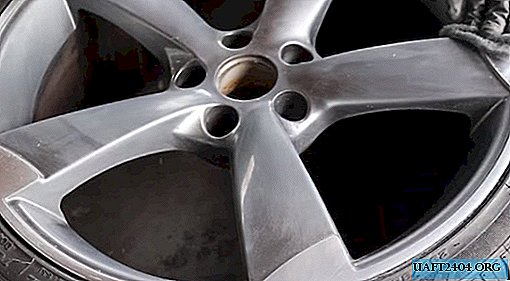

Apply varnish-aerosol to the cleaned surface of the disk, spraying it at a distance of about 1 m. It is most practical to cover the surface on which the disk is located with a plastic masking film. The varnish is applied in two layers with an interval of 24 hours, but thanks to the acrylic base it dries in 20-30 minutes.


In such a simple way at home, you can restore the appearance of alloy wheels, while avoiding the additional costs of professional craftsmen.

Share
Pin
Tweet
Send
Share
Send

